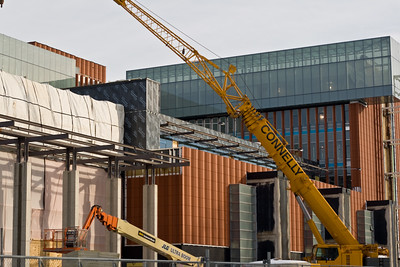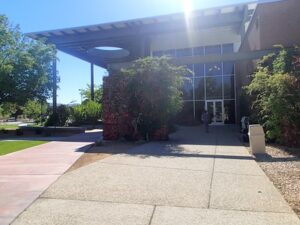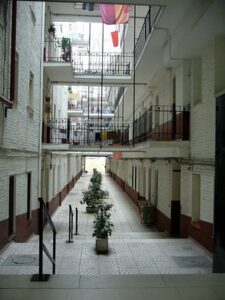Monroe County Community College will build a $25M expansion of its Welch Health Education Building without raising student tuition. When complete, the expansion will house MCCC’s health education and public safety programs. While the groundbreaking took place this week, construction on the 23,000 square foot addition will not begin until next year.
Earlier this summer, the state legislature approved a nearly $11M allocation to pay for approximately half the cost of the renovation. MCCC will pay for the remainder using a combination of its own capital funds, federal funds, and donated funds. That strategy avoids both asking the voters for a tax increase and increasing student tuition to pay for the capital project.
Eliminating tuition increases to pay for the construction will have a major impact on the cost of attendance at MCCC. When community colleges opt to issue bonds without taxpayer approval, they raise tuition to pay the debt service that would otherwise come from the school’s General Fund. Unlike a tax-backed bond issue -which expires when the bonds have been repaid – tuition increases never go down. In effect, future students continue to pay these tuition increases decades after the building’s debt has been retired.
According to construction consulting firm Gordian, which tracks capital spending on college campuses each year, higher education institutions increased their capital spending by 26% in 2023. Even with the sharp increase in capital investment on campus, Gordian estimates that the gap between what institutions should spend on and what they do spend on capital projects has never been less than 16%.
In Michigan, the legislature can allocate as much as 70% of a capital project’s cost for universities, and as much as 50% for capital projects at community colleges. Annually, the legislature prioritizes projects based on need, cost, and other factors, like previous allocations.
Construction costs a heavy lift for students
By waiting to renovate existing facilities, colleges and universities pay much more for capital projects than they need to. The legislature will deduct the cost of deferred maintenance from renovation costs for existing buildings, which further increases the cost borne by the campus. When self-funding is not an option, or in the case of community colleges, when the Trustees choose not to ask the voters for bond approval, institutions turn to the most reliable source of funding available: their students.
A 2019 Demos analysis of higher education tuition increases suggested that campus construction costs accounted for about 6% of tuition increases in the decade before the report was published. Inflation has pushed the cost of construction substantially higher since that time.
Under the current economic circumstances, community colleges that are reluctant to approach their voters for capital funding should take a page from MCCC’s playbook and find ways to pay for projects without asking students to pony up.
Photo Credit: Hans Kuder , via Flickr





















